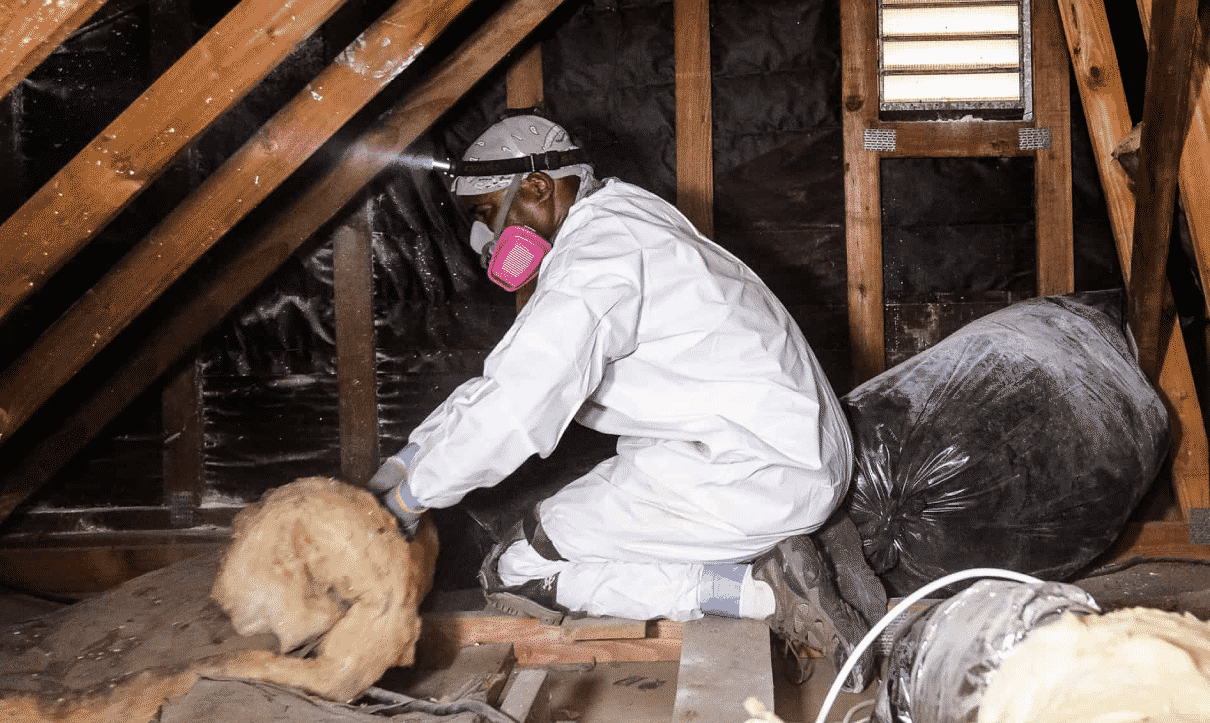No one wants to find rats living in the attic of their home because the animals carry life-threatening diseases such as hantavirus, rat-bite fever or bubonic plaque. A rat can carry fleas that transmit pathogens or spread germs with urine and feces. When rats infest an attic, the rodents defecate and urinate on every surface as the animals scurry from place to place. Rats gnaw on wood, electrical wiring and drywall, destroying the integrity of a building’s foundation along with creating a fire hazard. People living in a home may hear scurrying sounds through ceilings or walls as the rodents search for food.
Signs of Rat Infestations
Rats breed quickly with large litters that also make messes in attics, leading to horrible odors or spots on ceilings. When entering an attic to inspect, make sure to wear a breathing mask, goggles and gloves to reduce the chances of contamination. Bring along a brightly lit flashlight to look for damage such as tooth marks on wooden beams or missing plastic coating on electrical wires. Inspect insulation for moisture or feces that indicate rats are living in the attic space. Rat nests are typically hidden in corners or under insulation to protect the young.
Contact a Professional Exterminator
Once an infestation of rats is found, it is important to seek assistance from an exterminator as quickly as possible. Using amateur methods to eliminate rats is not recommended because it is typically ineffective and often dangerous. Without the correct types of traps and chemicals, rats leave an attic and enter other areas of a home. In many cases, rats are already sneaking into other rooms to seek food, leaving waste on countertops, dishes and eating utensils.
Preventing New Rat Infestations
After the exterminator traps or poisons rats inside an attic, reducing the population, it is vital to prevent a new infestation. Particular species of rats are able to climb buildings to enter holes and crevices on roofs or near gutters to invade attics. All of these holes require plugging with material that is impossible for the rats to chew through to avoid an infestation. A rat may also enter chimney stacks or vents located on rooftops when the items are not covered or sealed. An exterminator can enter an attic or climb on a roof to offer suggestions such as trimming trees and shrubs located near a home.


